Growing Cucumbers at Home can seem daunting, but trust me, with a few clever tricks and DIY hacks, you’ll be harvesting crisp, refreshing cucumbers before you know it! Have you ever dreamed of strolling into your backyard and picking the perfect cucumber for a salad, sandwich, or even a quick pickle? Well, stop dreaming and start doing! This guide is packed with simple, effective strategies to transform your garden into a cucumber paradise.
Cucumbers have a rich history, dating back thousands of years to ancient India. They’ve been enjoyed by cultures worldwide, prized for their refreshing taste and health benefits. But let’s be honest, store-bought cucumbers just don’t compare to the vibrant flavor and satisfying crunch of homegrown ones.
So, why do you need these DIY tricks? Because growing cucumbers at home doesn’t have to be complicated or expensive! I’m going to share my favorite tips and tricks to help you avoid common pitfalls, maximize your yield, and enjoy a bountiful harvest. From choosing the right varieties to creating the perfect growing environment, I’ve got you covered. Get ready to unleash your inner gardener and enjoy the delicious rewards of your labor!
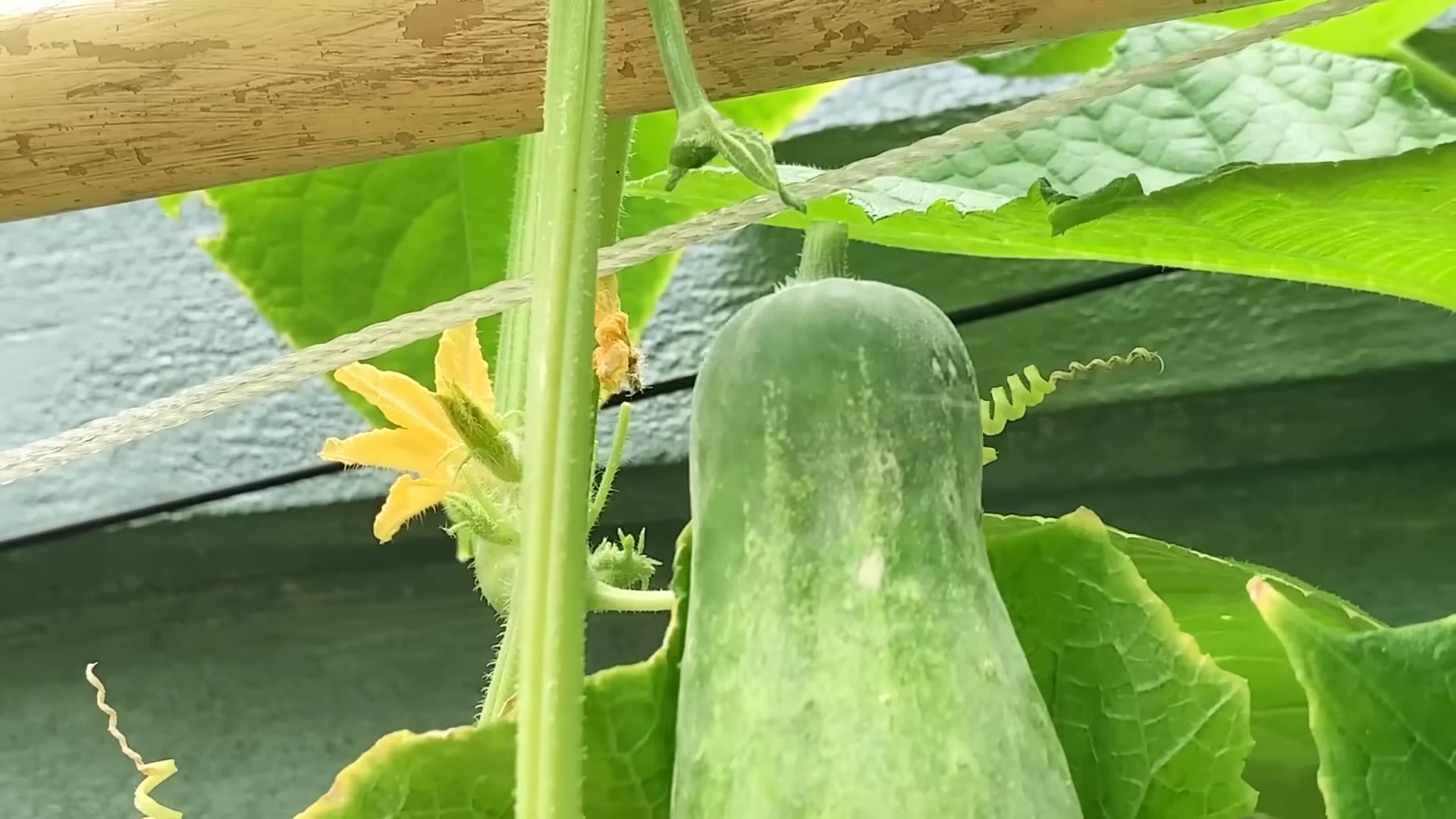
Growing Cucumbers at Home: A Beginner’s Guide
Hey there, fellow gardening enthusiasts! I’m so excited to share my experience and tips on growing cucumbers right in your own backyard (or even on your balcony!). Cucumbers are incredibly rewarding to grow, and nothing beats the taste of a freshly picked, crisp cucumber straight from the vine. Let’s dive in!
Choosing Your Cucumber Variety
Before we get our hands dirty, let’s talk about cucumber varieties. There are a ton of options, and the best one for you will depend on your space, climate, and what you plan to do with your cucumbers.
* Slicing Cucumbers: These are your classic cucumbers, perfect for salads and sandwiches. They usually have smooth, dark green skin. Some popular varieties include ‘Marketmore 76’ and ‘Straight Eight’.
* Pickling Cucumbers: These are smaller and have thicker skin, making them ideal for pickling. ‘National Pickling’ and ‘Boston Pickling’ are great choices.
* Burpless Cucumbers: These are bred to be less bitter and easier to digest. ‘Sweet Success’ and ‘Armenian’ are popular burpless varieties.
* Bush Cucumbers: If you’re short on space, bush cucumbers are your best bet. They grow in a compact form, perfect for containers. ‘Spacemaster’ and ‘Bush Champion’ are good options.
I personally love growing ‘Sweet Success’ because they’re so mild and delicious, and ‘National Pickling’ because I love making homemade pickles!
Preparing Your Cucumber Patch
Cucumbers are sun-loving plants, so you’ll need to find a spot that gets at least 6-8 hours of direct sunlight per day. They also need well-drained soil that’s rich in organic matter.
1. Soil Testing: It’s always a good idea to test your soil before planting anything. You can buy a soil testing kit at your local garden center or send a sample to your local agricultural extension office. This will tell you the pH of your soil and whether it’s lacking any essential nutrients. Cucumbers prefer a soil pH between 6.0 and 7.0.
2. Amending the Soil: If your soil is heavy clay or sandy, you’ll need to amend it with organic matter. I like to use compost, well-rotted manure, or peat moss. Work the organic matter into the soil to a depth of at least 12 inches. This will improve drainage, aeration, and fertility.
3. Creating Raised Beds (Optional): If you have poor drainage or heavy clay soil, consider creating raised beds. Raised beds will improve drainage and warm up faster in the spring. You can build raised beds out of wood, concrete blocks, or even just mounds of soil.
4. Adding Fertilizer: Cucumbers are heavy feeders, so you’ll need to add fertilizer to the soil. I recommend using a balanced fertilizer with an NPK ratio of 10-10-10 or 14-14-14. Follow the instructions on the fertilizer package for application rates. You can also use organic fertilizers like bone meal and blood meal.
Starting Your Cucumber Seeds
You can either start your cucumber seeds indoors or direct sow them in the garden. Starting them indoors gives you a head start, especially if you live in a cooler climate.
Starting Seeds Indoors
1. Timing: Start your seeds about 3-4 weeks before the last expected frost.
2. Containers: Use small pots or seed starting trays filled with seed starting mix.
3. Sowing: Plant the seeds about 1/2 inch deep.
4. Watering: Keep the soil moist but not soggy.
5. Light: Place the seedlings under grow lights or in a sunny window.
6. Hardening Off: Before transplanting the seedlings outdoors, you’ll need to harden them off. This means gradually exposing them to outdoor conditions over a period of about a week. Start by placing them in a sheltered spot for a few hours each day, gradually increasing the amount of time they spend outdoors.
Direct Sowing Seeds
1. Timing: Direct sow your seeds after the last expected frost, when the soil has warmed up to at least 60掳F (15掳C).
2. Spacing: Plant the seeds about 1 inch deep and 6-12 inches apart.
3. Watering: Keep the soil moist until the seeds germinate.
Transplanting Cucumber Seedlings
Once your seedlings have developed a few true leaves and the weather has warmed up, it’s time to transplant them into the garden.
1. Choosing a Day: Pick a cloudy day to transplant your seedlings. This will help prevent them from getting stressed.
2. Spacing: Space the seedlings about 18-36 inches apart, depending on the variety. Bush varieties can be planted closer together.
3. Planting: Dig a hole that’s slightly larger than the root ball of the seedling. Gently remove the seedling from its pot and place it in the hole. Backfill with soil and water thoroughly.
4. Mulching: Apply a layer of mulch around the plants to help retain moisture and suppress weeds. I like to use straw or wood chips.
Caring for Your Cucumber Plants
Cucumbers need consistent watering, fertilizing, and support to thrive.
1. Watering: Water your cucumber plants deeply and regularly, especially during hot, dry weather. Aim for about 1 inch of water per week. Water at the base of the plants to avoid wetting the foliage, which can lead to fungal diseases. Drip irrigation or soaker hoses are great options.
2. Fertilizing: Fertilize your cucumber plants every 2-3 weeks with a bala
Hey there, fellow gardening enthusiasts! I’m so excited to share my experience and tips on growing cucumbers right in your own backyard (or even on your balcony!). Cucumbers are incredibly rewarding to grow, and nothing beats the taste of a freshly picked, crisp cucumber straight from the vine. Let’s dive in!
Choosing Your Cucumber Variety
Before we get our hands dirty, let’s talk about cucumber varieties. There are a ton of options, and the best one for you will depend on your space, climate, and what you plan to do with your cucumbers.
* Slicing Cucumbers: These are your classic cucumbers, perfect for salads and sandwiches. They usually have smooth, dark green skin. Some popular varieties include ‘Marketmore 76’ and ‘Straight Eight’.
* Pickling Cucumbers: These are smaller and have thicker skin, making them ideal for pickling. ‘National Pickling’ and ‘Boston Pickling’ are great choices.
* Burpless Cucumbers: These are bred to be less bitter and easier to digest. ‘Sweet Success’ and ‘Armenian’ are popular burpless varieties.
* Bush Cucumbers: If you’re short on space, bush cucumbers are your best bet. They grow in a compact form, perfect for containers. ‘Spacemaster’ and ‘Bush Champion’ are good options.
I personally love growing ‘Sweet Success’ because they’re so mild and delicious, and ‘National Pickling’ because I love making homemade pickles!
Preparing Your Cucumber Patch
Cucumbers are sun-loving plants, so you’ll need to find a spot that gets at least 6-8 hours of direct sunlight per day. They also need well-drained soil that’s rich in organic matter.
1. Soil Testing: It’s always a good idea to test your soil before planting anything. You can buy a soil testing kit at your local garden center or send a sample to your local agricultural extension office. This will tell you the pH of your soil and whether it’s lacking any essential nutrients. Cucumbers prefer a soil pH between 6.0 and 7.0.
2. Amending the Soil: If your soil is heavy clay or sandy, you’ll need to amend it with organic matter. I like to use compost, well-rotted manure, or peat moss. Work the organic matter into the soil to a depth of at least 12 inches. This will improve drainage, aeration, and fertility.
3. Creating Raised Beds (Optional): If you have poor drainage or heavy clay soil, consider creating raised beds. Raised beds will improve drainage and warm up faster in the spring. You can build raised beds out of wood, concrete blocks, or even just mounds of soil.
4. Adding Fertilizer: Cucumbers are heavy feeders, so you’ll need to add fertilizer to the soil. I recommend using a balanced fertilizer with an NPK ratio of 10-10-10 or 14-14-14. Follow the instructions on the fertilizer package for application rates. You can also use organic fertilizers like bone meal and blood meal.
Starting Your Cucumber Seeds
You can either start your cucumber seeds indoors or direct sow them in the garden. Starting them indoors gives you a head start, especially if you live in a cooler climate.
Starting Seeds Indoors
1. Timing: Start your seeds about 3-4 weeks before the last expected frost.
2. Containers: Use small pots or seed starting trays filled with seed starting mix.
3. Sowing: Plant the seeds about 1/2 inch deep.
4. Watering: Keep the soil moist but not soggy.
5. Light: Place the seedlings under grow lights or in a sunny window.
6. Hardening Off: Before transplanting the seedlings outdoors, you’ll need to harden them off. This means gradually exposing them to outdoor conditions over a period of about a week. Start by placing them in a sheltered spot for a few hours each day, gradually increasing the amount of time they spend outdoors.
Direct Sowing Seeds
1. Timing: Direct sow your seeds after the last expected frost, when the soil has warmed up to at least 60掳F (15掳C).
2. Spacing: Plant the seeds about 1 inch deep and 6-12 inches apart.
3. Watering: Keep the soil moist until the seeds germinate.
Transplanting Cucumber Seedlings
Once your seedlings have developed a few true leaves and the weather has warmed up, it’s time to transplant them into the garden.
1. Choosing a Day: Pick a cloudy day to transplant your seedlings. This will help prevent them from getting stressed.
2. Spacing: Space the seedlings about 18-36 inches apart, depending on the variety. Bush varieties can be planted closer together.
3. Planting: Dig a hole that’s slightly larger than the root ball of the seedling. Gently remove the seedling from its pot and place it in the hole. Backfill with soil and water thoroughly.
4. Mulching: Apply a layer of mulch around the plants to help retain moisture and suppress weeds. I like to use straw or wood chips.
Caring for Your Cucumber Plants
Cucumbers need consistent watering, fertilizing, and support to thrive.
1. Watering: Water your cucumber plants deeply and regularly, especially during hot, dry weather. Aim for about 1 inch of water per week. Water at the base of the plants to avoid wetting the foliage, which can lead to fungal diseases. Drip irrigation or soaker hoses are great options.
2. Fertilizing: Fertilize your cucumber plants every 2-3 weeks with a balanced fertilizer. You can also use a liquid fertilizer like fish emulsion or seaweed extract.
3. Support: Cucumbers are vining plants, so they need support to climb. You can use a trellis, fence, or even a tomato cage. Providing support will also improve air circulation and reduce the risk of fungal diseases. I personally prefer using a trellis because it allows the cucumbers to grow vertically, saving space in my garden.
4. Pruning: Pruning cucumbers can help improve air circulation and encourage fruit production. Remove any yellowing or diseased leaves. You can also pinch off the tips of the vines to encourage branching.
5. Pest and Disease Control: Cucumbers are susceptible to a few pests and diseases, including cucumber beetles, squash bugs, powdery mildew, and downy mildew. Inspect your plants regularly for signs of pests or diseases. You can use organic pest control methods like insecticidal soap or neem oil to control pests. For fungal diseases, you can use a fungicide or try to improve air circulation around the plants.
Harvesting Your Cucumbers
The moment we’ve all been waiting for! Cucumbers are usually ready to harvest about 50-70 days after planting.
1. Timing: Harvest your cucumbers when they are the desired size and color. Slicing cucumbers are usually harvested when they are about 6-8 inches long and dark green. Pickling cucumbers are harvested when they are about 3-5 inches long.
2. Method: Use a sharp knife or pruners to cut the cucumbers from the vine. Be careful not to damage the vine.
3. Frequency: Harvest your cucumbers regularly to encourage continued production. Overripe cucumbers can become bitter and seedy.
Troubleshooting Common Cucumber Problems
Even with the best care, you might encounter some problems while growing cucumbers. Here are a few common issues and how to address them:
* Yellowing Leaves: This can be caused by overwatering, underwatering, nutrient deficiencies, or pests. Check the soil moisture and adjust your watering accordingly. Fertilize your plants with a balanced fertilizer. Inspect the plants for pests and treat them accordingly.
* Bitter Cucumbers: This can be caused by stress, such as heat, drought, or nutrient deficiencies. Water your plants regularly and fertilize them with a balanced fertilizer. Choose burpless varieties to reduce the risk of bitterness.
* Misshapen Cucumbers: This can be caused by poor pollination or nutrient deficiencies. Make sure your plants are getting enough sunlight and water. Fertilize them with a balanced fertilizer. You can also hand-pollinate the flowers to ensure good fruit set.
* Powdery Mildew: This is a fungal disease that causes a white, powdery coating on the leaves. Improve air circulation around the plants by pruning them and spacing them properly. You can also use a fungicide to control the disease.
Enjoying Your Homegrown Cucumbers
Now that you’ve harvested your cucumbers, it’s time to enjoy them! Here are a few ideas:
* Salads: Add sliced cucumbers to your favorite salads.
* Sandwiches: Use cucumber slices as a topping for sandwiches.
* Pickles: Make your own homemade pickles.
* Cucumber Water:
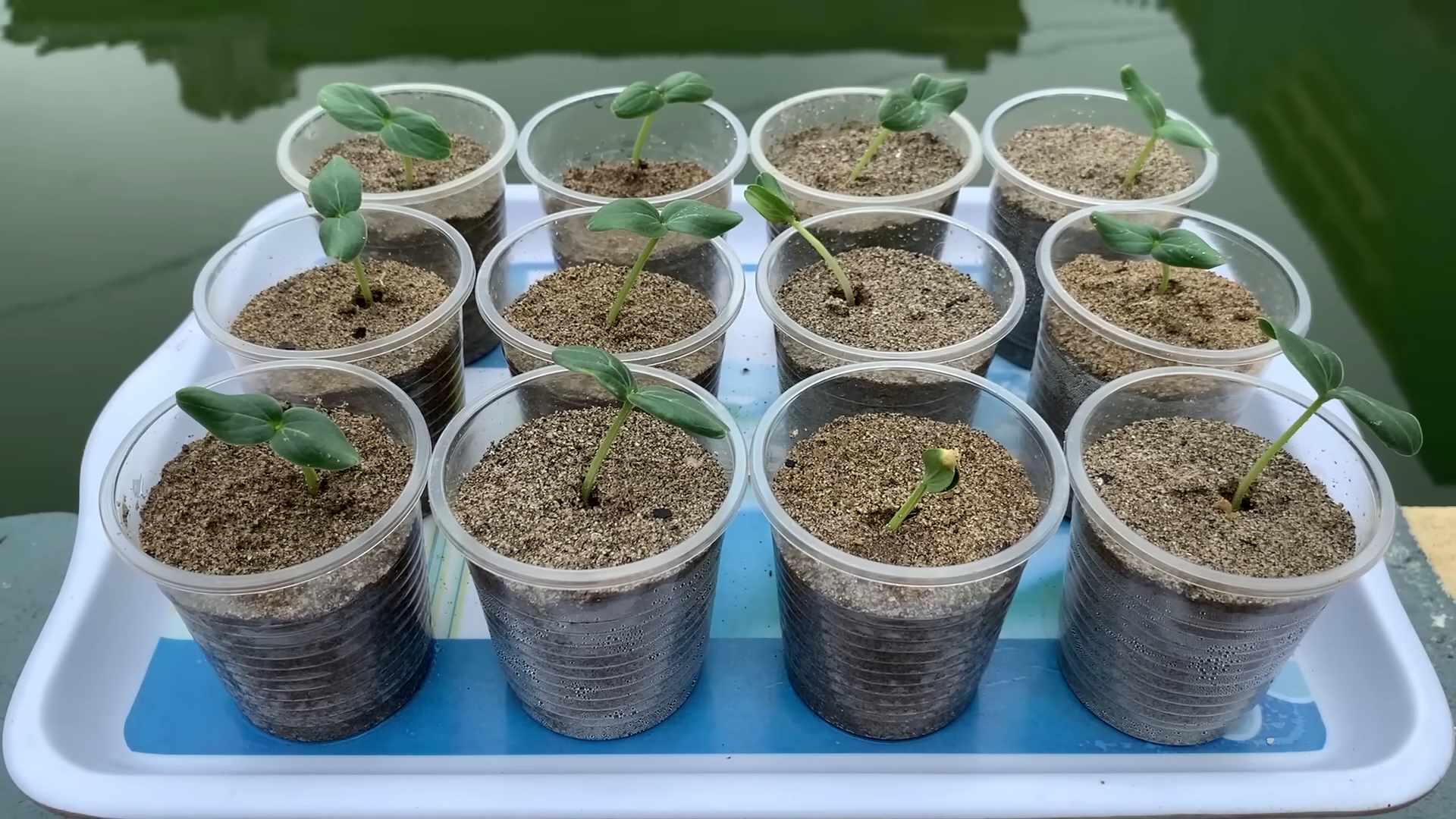
Conclusion
So, there you have it! Growing cucumbers at home, especially with our DIY trick for maximizing yield and minimizing space, is not just a gardening project; it’s an investment in fresh, flavorful produce and a rewarding connection to the natural world. We’ve walked you through the process, highlighting the benefits of vertical gardening and the specific techniques that make cucumber cultivation a breeze, even for beginners.
Why is this DIY trick a must-try? Because it addresses the common challenges of cucumber growing head-on. Traditional sprawling cucumber vines can quickly take over a garden, competing with other plants for sunlight and nutrients. Our vertical growing method, utilizing simple trellises or supports, solves this problem by training the vines upwards. This not only saves valuable space but also improves air circulation around the plants, reducing the risk of fungal diseases like powdery mildew. Furthermore, by keeping the cucumbers off the ground, you minimize the chances of pest infestations and soil-borne diseases, resulting in healthier, more abundant harvests.
But the advantages don’t stop there. Vertical growing also makes harvesting easier. No more bending and searching through dense foliage to find ripe cucumbers. They’re right there, hanging conveniently within reach. Plus, the improved air circulation and sunlight exposure contribute to better fruit quality, resulting in crisper, more flavorful cucumbers.
Now, let’s talk about variations. While we’ve focused on a basic trellis system, feel free to get creative! You can use repurposed materials like old ladders, bamboo poles, or even sturdy tomato cages to create your vertical supports. For smaller spaces, consider growing bush cucumber varieties in containers and training them up smaller trellises. If you’re feeling ambitious, you can even experiment with different trellising designs, such as A-frames or arches, to add a decorative element to your garden.
Another exciting variation is to explore different cucumber varieties. While slicing cucumbers are a popular choice, consider growing pickling cucumbers for homemade pickles or specialty varieties like lemon cucumbers or Armenian cucumbers for a unique flavor experience. Each variety has its own distinct characteristics and growing requirements, so be sure to do your research before planting.
Don’t be afraid to experiment with companion planting as well. Planting basil, marigolds, or nasturtiums near your cucumbers can help deter pests and attract beneficial insects. These companion plants can also improve the overall health and vigor of your cucumber plants.
We are confident that you’ll find this DIY trick for growing cucumbers at home to be a game-changer. It’s a simple, effective, and rewarding way to enjoy fresh, homegrown cucumbers all season long. So, grab your seeds, build your trellis, and get ready to experience the joy of harvesting your own delicious cucumbers.
We encourage you to try this DIY trick and share your experience with us! Post photos of your cucumber gardens on social media using the hashtag #HomeGrownCucumbers and let us know what worked best for you. We’re eager to see your creative trellising designs and hear about your favorite cucumber varieties. Together, we can create a community of passionate gardeners who are dedicated to growing their own fresh, healthy food. Happy gardening!
Frequently Asked Questions (FAQs)
What is the best time to plant cucumbers?
The best time to plant cucumbers is after the last frost when the soil has warmed to at least 60掳F (15掳C). Cucumbers are warm-season vegetables and are sensitive to cold temperatures. Planting too early can stunt their growth or even kill them. In most regions, this means planting in late spring or early summer. You can also start cucumber seeds indoors 3-4 weeks before the last frost and transplant them outdoors once the weather is warm enough.
How much sunlight do cucumbers need?
Cucumbers need at least 6-8 hours of direct sunlight per day to thrive. Choose a sunny location in your garden that receives plenty of sunlight throughout the day. If you’re growing cucumbers in containers, make sure to place them in a spot where they’ll get ample sunlight. Insufficient sunlight can lead to weak growth, reduced fruit production, and increased susceptibility to diseases.
What kind of soil is best for growing cucumbers?
Cucumbers prefer well-drained, fertile soil that is rich in organic matter. The ideal soil pH is between 6.0 and 7.0. Before planting, amend your soil with compost, aged manure, or other organic materials to improve its fertility and drainage. Avoid planting cucumbers in heavy clay soil, as this can lead to root rot. If you have clay soil, consider growing cucumbers in raised beds or containers with a well-draining potting mix.
How often should I water cucumbers?
Cucumbers need consistent moisture to produce healthy fruits. Water deeply and regularly, especially during hot, dry weather. Aim to keep the soil consistently moist but not waterlogged. A good rule of thumb is to water cucumbers every 2-3 days, or more often if the soil dries out quickly. Use a soaker hose or drip irrigation to water at the base of the plants, avoiding wetting the foliage, which can increase the risk of fungal diseases.
How do I fertilize cucumbers?
Cucumbers are heavy feeders and benefit from regular fertilization. Apply a balanced fertilizer (e.g., 10-10-10) at planting time and then side-dress with compost or a nitrogen-rich fertilizer every 2-3 weeks throughout the growing season. Avoid over-fertilizing, as this can lead to excessive foliage growth and reduced fruit production. You can also use organic fertilizers such as fish emulsion or seaweed extract to provide essential nutrients to your cucumber plants.
What are some common cucumber pests and diseases?
Common cucumber pests include aphids, cucumber beetles, squash bugs, and spider mites. Common cucumber diseases include powdery mildew, downy mildew, and bacterial wilt. To prevent pest and disease problems, practice good garden hygiene, such as removing weeds and debris, and providing adequate air circulation around your plants. You can also use organic pest control methods such as insecticidal soap, neem oil, or diatomaceous earth to control pests. For diseases, consider using copper fungicides or baking soda sprays.
How do I harvest cucumbers?
Harvest cucumbers when they are the desired size and color. The size and color will vary depending on the variety. Generally, slicing cucumbers are harvested when they are 6-8 inches long and dark green, while pickling cucumbers are harvested when they are 2-4 inches long and lighter green. Use a sharp knife or pruners to cut the cucumbers from the vine, leaving a short stem attached. Harvest cucumbers regularly to encourage continued fruit production. Overripe cucumbers can become bitter and seedy.
Why are my cucumber flowers falling off?
Cucumber flowers falling off, especially before producing fruit, is a common issue. This can be due to several factors, including:
* **Lack of pollination:** Cucumbers need to be pollinated to produce fruit. If there are not enough bees or other pollinators in your garden, you may need to hand-pollinate the flowers.
* **Stress:** Stressful conditions such as extreme temperatures, drought, or nutrient deficiencies can cause flowers to drop.
* **Overwatering or underwatering:** Inconsistent watering can also lead to flower drop.
* **Variety:** Some cucumber varieties are more prone to flower drop than others.
Can I grow cucumbers in containers?
Yes, you can grow cucumbers in containers, but you’ll need to choose a large container (at least 5 gallons) and use a well-draining potting mix. Bush cucumber varieties are best suited for container growing, as they are more compact than vining varieties. Provide a trellis or support for the vines to climb. Water and fertilize regularly, as container-grown plants tend to dry out and deplete nutrients more quickly than those grown in the ground.
How can I encourage more cucumber production?
To encourage more cucumber production, focus on providing optimal growing conditions, including plenty of sunlight, consistent moisture, and regular fertilization. Harvest cucumbers regularly to prevent them from becoming overripe, which can signal the plant to stop producing new fruits. Consider pruning the lower leaves of the plant to improve air circulation and reduce the risk of disease. Hand-pollinate the flowers if necessary to ensure fruit set. And finally, choose high-yielding cucumber varieties that are well-suited to your climate and growing conditions.


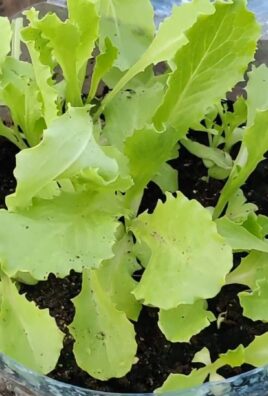
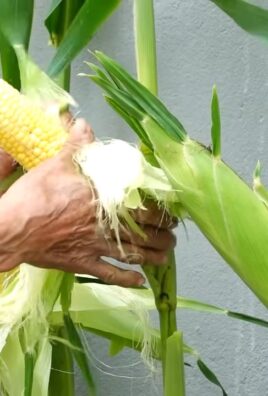
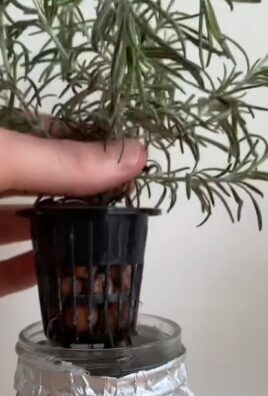
Leave a Comment